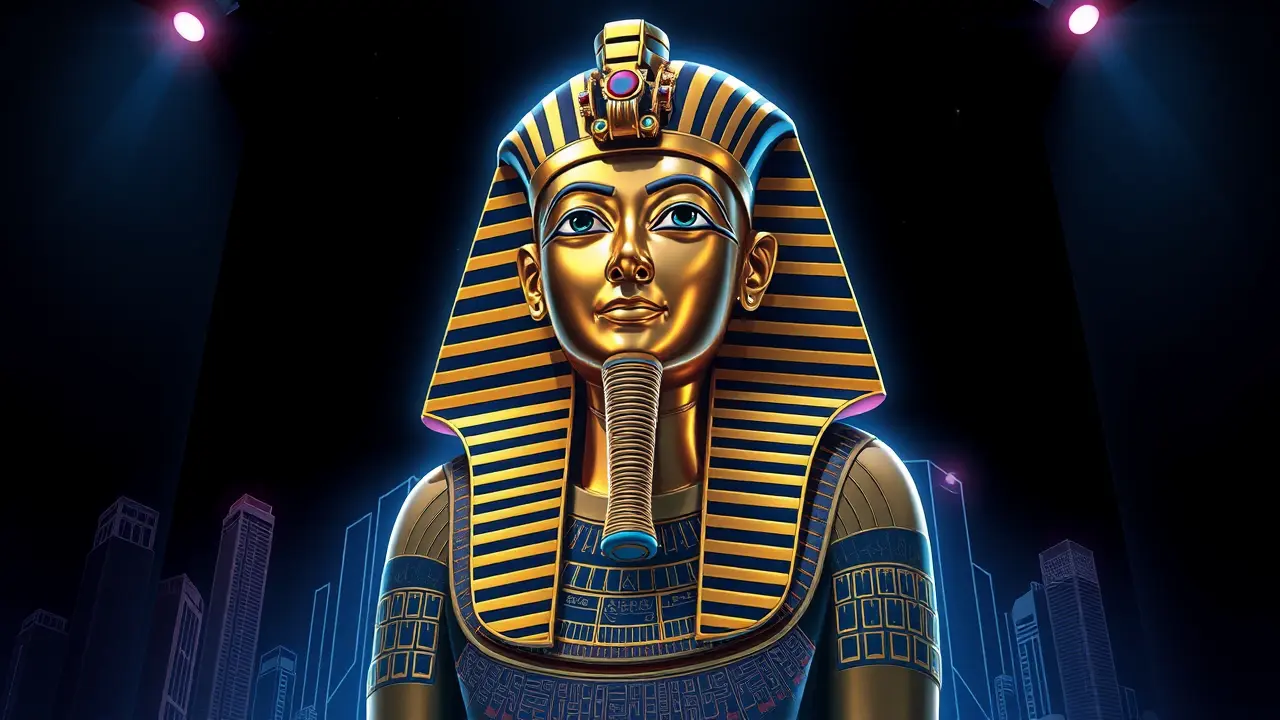Hong Kong to Host Major Ancient Egyptian Artefacts Exhibition
Hong Kong is set to become a temporary gateway to the cosmos of ancient human achievement next month, when the Hong Kong Palace Museum unveils 'Ancient Egypt Unveiled: Treasures from Egyptian Museums,' a monumental exhibition that feels less like a mere display of artifacts and more like a carefully orchestrated mission to bridge terrestrial history with our modern global ambitions. The centerpiece, a breathtaking, nearly three-meter-tall statue of the boy-king Tutankhamun, will stand not just as a silent sentinel of a lost dynasty, but as a powerful symbol in a much larger, contemporary geopolitical narrative—the deepening ties between China and Egypt, meticulously woven through the sprawling infrastructure and cultural web of the Belt and Road Initiative.Imagine the engineering marvel required to transport such a priceless colossus, a relic that has weathered 3,300 years, across continents and oceans, a logistical feat rivaling the ancient Egyptians' own construction of the pyramids; this is not merely a curatorial task, but a statement of intent, a soft-power launch that positions Hong Kong as a new nexus for East-West cultural dialogue. This nine-month exhibition, covering a staggering 4,000 years of Pharaonic history through intricate jewellery, ceremonial objects, and funerary texts, offers a tangible thread connecting the Silk Road of antiquity, which saw the exchange of silk and spices, to the modern 'Digital Silk Road,' where data and influence now flow.The choice of Hong Kong is particularly resonant, a city itself navigating a complex historical transition, now hosting the timeless artifacts of another civilization that mastered the art of empire, divinity, and legacy. We can draw a direct analogy to the space race; just as nations vie to place rovers on Mars to claim a piece of the future cosmic order, this exhibition is a landing of a different kind, planting the flag of Sino-Egyptian partnership on the cultural terrain of a global financial hub.The artifacts themselves are time capsules of a society obsessed with the celestial; their intricate goldwork and hieroglyphic spells reveal a people who looked to the stars for order and the afterlife for meaning, a poignant contrast to our current era of AI and instant gratification. Expert Egyptologists from the Grand Egyptian Museum, consulted for this piece, emphasize that the Tutankhamun statue alone represents a pinnacle of New Kingdom artistry, its sheer scale intended to project divine authority in a way a modern social media campaign never could.The broader context here is a quiet but intense competition for cultural influence, with China actively fostering museum partnerships and archaeological exchanges across BRI nations, effectively building a network of shared heritage that runs parallel to its ports and railways. The consequences are multifaceted: for Hong Kong, it reinforces its post-pandemic identity as a world-class cultural destination; for Egypt, it provides a vital economic and diplomatic channel beyond traditional Western partners; and for the global public, it's a rare, unfiltered glimpse into a civilization whose architectural and astronomical knowledge still baffles modern engineers. This is more than a collection of old objects; it's a strategic alignment of past and future, a demonstration that in the 21st century, the most powerful rockets might not be those that launch into space, but those that carry the weight of history across the world, propelling new alliances built on the bedrock of our shared human story.
MA
Maya Chen123k2 days ago
taht statue sounds incredible but idk feels like everything is about geopolitics now
0
MA
Maya Chen123k2 days ago
reading this at 3 am and it feels like a metaphor for human existence or maybe i just need sleep but also why does the belt and road initiative have to be in everything smh
0
